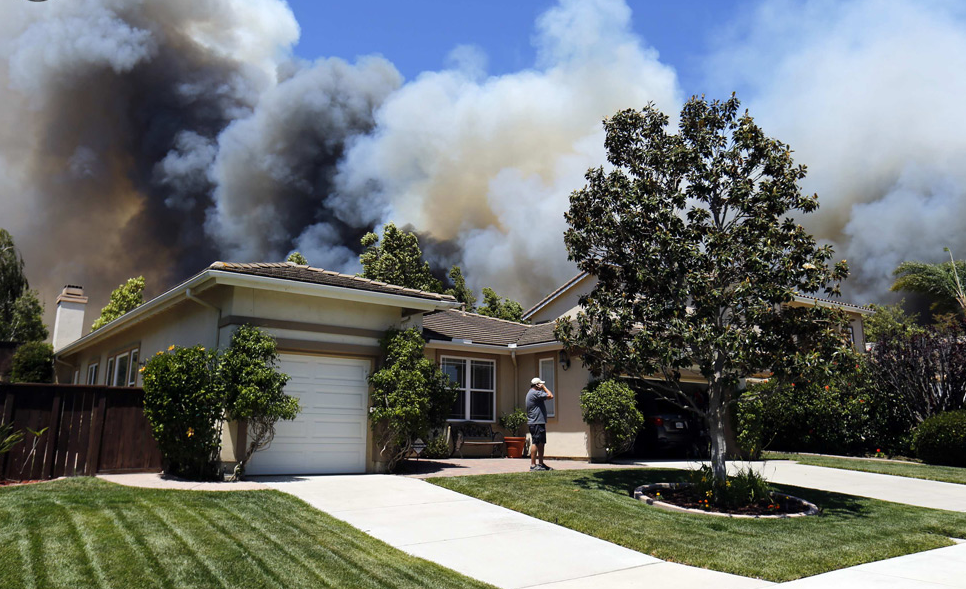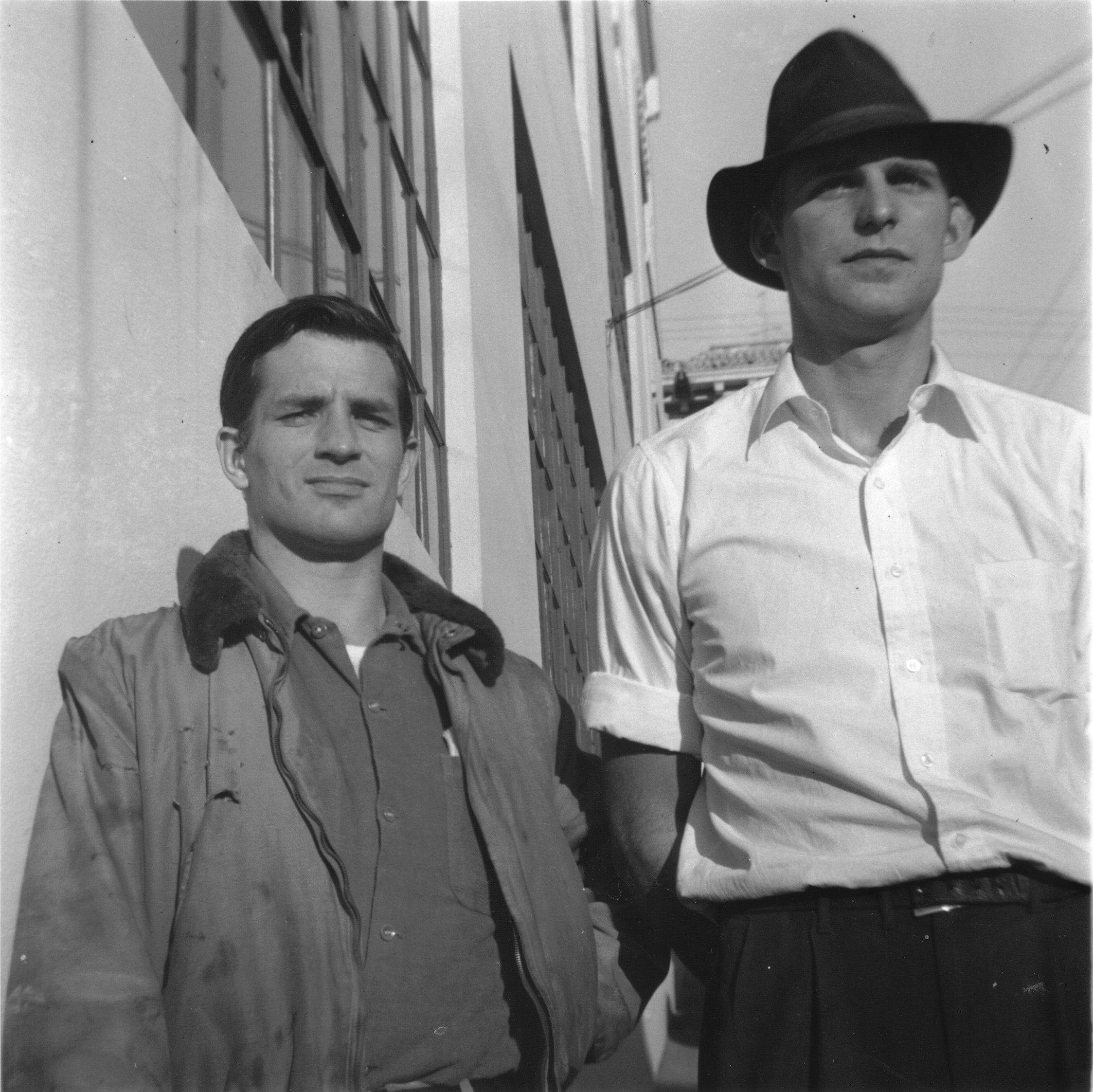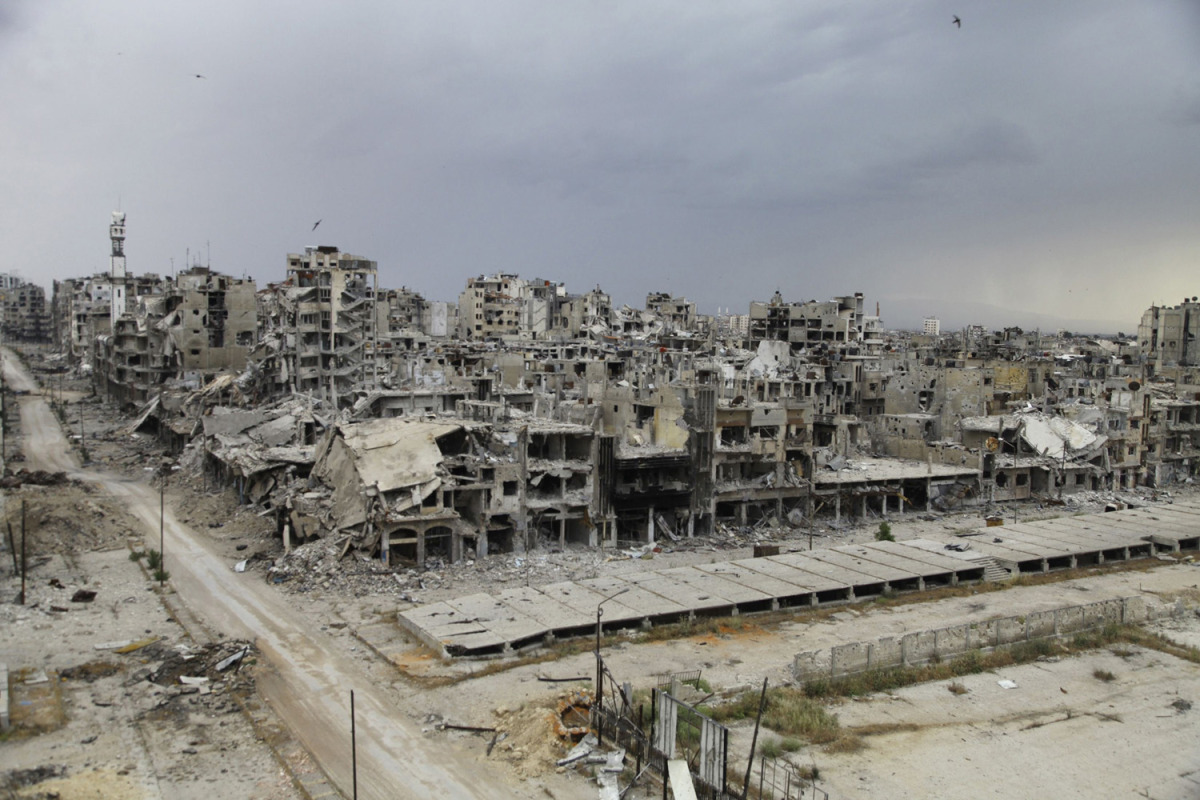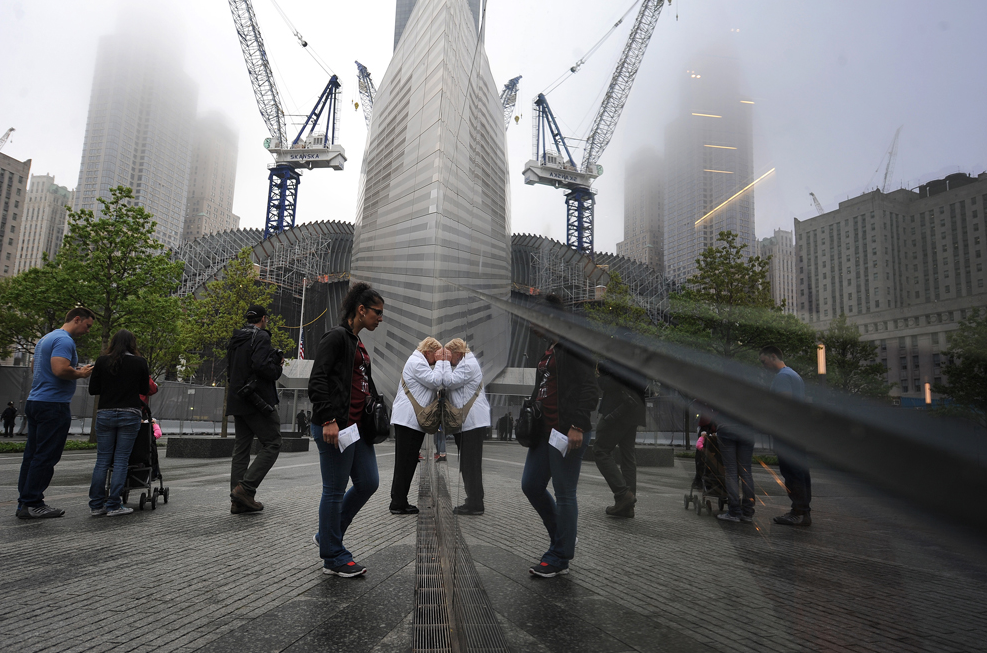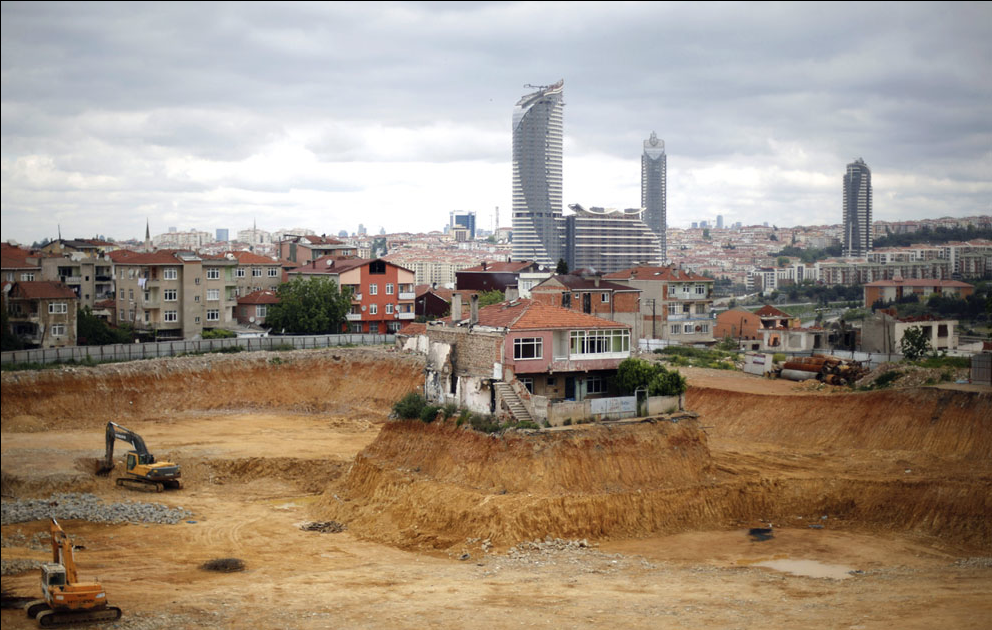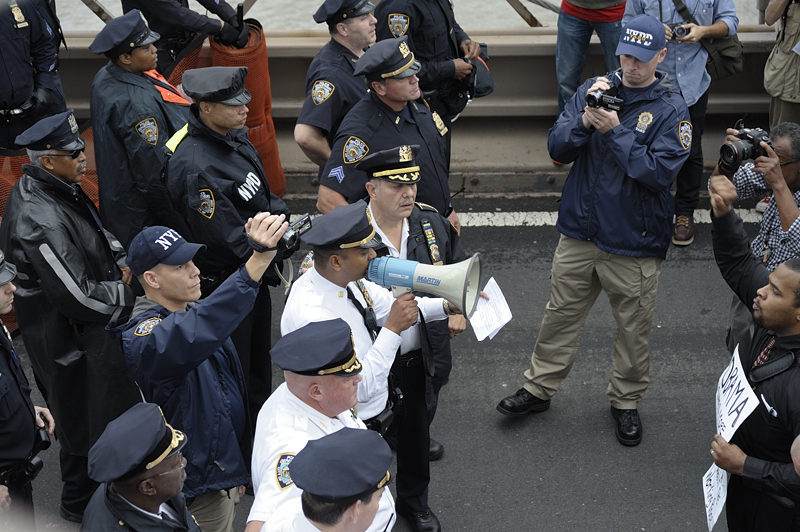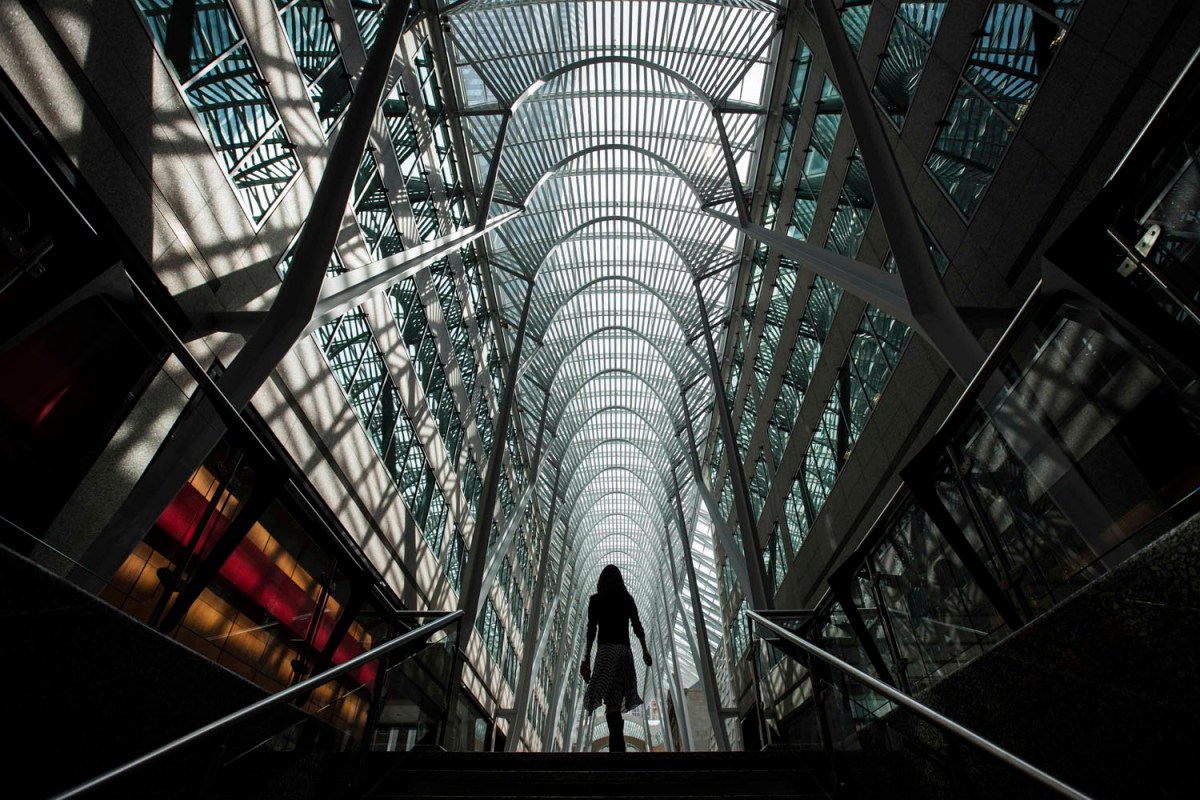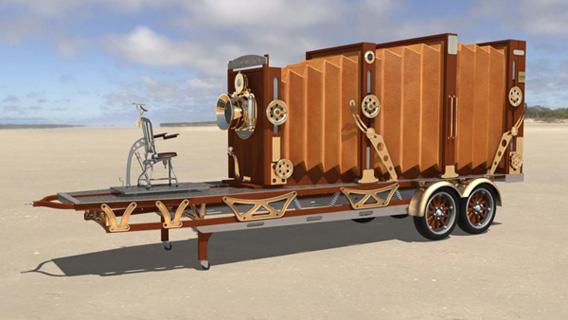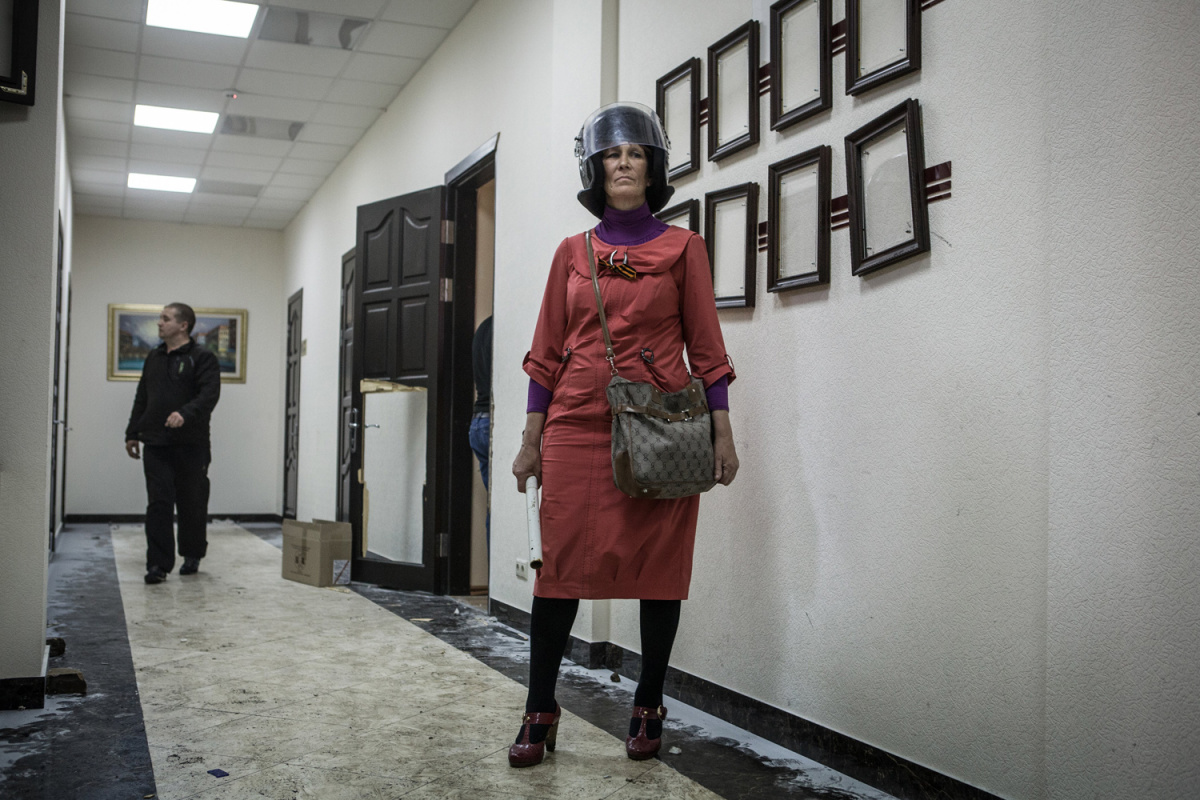One of the difficulties with global warming is that it is kind of hard to see. We can see the effects of a tornado or a hurricane or a wildfire, but “global warming” seems to be a somewhat abstract concept. Yes, winters have gotten colder and summers hotter; sure tornadoes and hurricanes have become more frequent, and are both more extreme and less predictable; and yeah, we seem to be having more draughts, floods, and weather disasters worldwide, but who is to say that all such occurrences aren’t “normal” aberrations or “random” climactic events. Well, climate scientists, for one, who are almost of a single mind that global warming exists and is getting worse—and they even seem to be wholly in agreement as to its primary cause—but as a grand phenomenon it still remains something that is difficult to see. We can see the parts, but the whole seems to be ever so elusive to sight. And because we can’t see the whole there is a too easy tendency to treat it with a certain nonchalance—indeed, to act as if it isn’t there at all.
The recent wildfires in San Diego are a case in point. Wildfires in the southwest are not particularly new, a more or less regular effect of the dry Santa Ana winds that turn trees into combustible tinder. But the most recent wildfires, which consumed 25,000 acres, were wholly out of season. As one fire chief put it, “This is unbelievable. This is something we should see in October … I haven’t seen it this hot, this dry, this long in May.” Nor were such fires restricted to San Diego, as similarly unseasonal fires have occurred in both Arizona and Alaska! And yet there remains a popular tendency to think of these disasters as singular events, unconnected to one another, and so as damaging as they might be we fail to make the connections to common causes—or to the fact that perhaps we are looking at what might be the new normal.
Photographs of such fires have been abundant, but each year they tend to be pretty much the same. Pictures of forests ablaze, oftentimes shot in the evening, which give them an eerily romantic veneer, firefighters working to contain them, and aerial attempts to put them out by dropping water and other fire retardants on them. And, of course, there are pictures of the aftermath as well. The photograph above is somewhat distinct in this regard. It too seems to register a sense of the regular and the ordinary, but it does so with an ironic twist.
It shows a scene from Carlsbad in the San Diego area. The fires have made their way ever so close to this development of houses, but as you can see, the owner (if that is who he is) doesn’t seem to be overly concerned. Casually dressed, he seems inured to the grey and white billows of smoke that seem to be emerging out of his back yard. Talking on his telephone one might imagine that he is calling the local fire department (or is it his insurance agent), but then again it could just be a conversation with a friend for all the nonchalance he seems to display. Indeed, he doesn’t appear to be showing any real concern for the inferno behind his house whatsoever; dispassionate, if not altogether indifferent, he leaves the viewer wondering if he even acknowledges that it is taking place at all. And truthfully, by the time you read this post the new cycle will have shifted one more time and we will be on to other local tragedies.
And therein lies the rub. For one would think that something truly is at stake here. But perhaps when confronted with impending catastrophe that has been normalized and is so close that we don’t know what to do about it we are inclined simply to look the other way, to make believe that it is not there—even when some of the evidence is in our own backyard—or worse, to assume that somehow we can simply learn to live with the parts and not imagine (let alone worry about) what it all might add up to. As it is with such fires, so it is it would seem with larger problem of global warming. The parts are everywhere to be seen, to be sure, but to see the whole we have to work harder to connect the dots. Unlike the man in the picture, we have to look to our own backyard, even as we cast our gaze farther afield.
Credit: Mike Blake/Reuters
